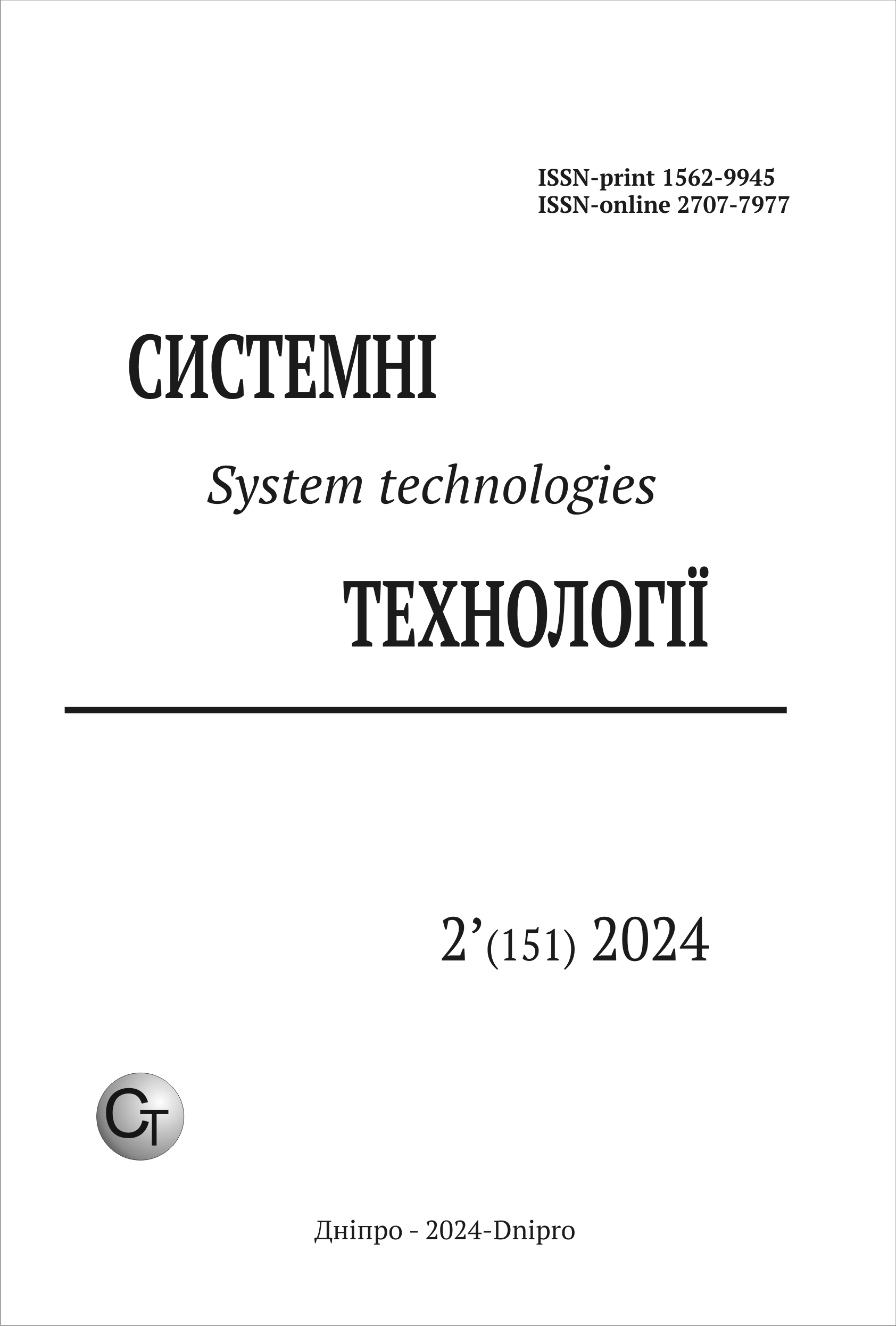НЕЙРОМЕРЕЖЕВИЙ ПІДХІД ДО ІДЕНТИФІКАЦІЇ ЗАПОВНЮВАНОСТІ ПРИМІЩЕНЬ ЗА ПАРАМЕТРАМИ ПОВІТРЯ
DOI:
https://doi.org/10.34185/1562-9945-2-151-2024-11Ключові слова:
концентрація CO2, нейронна мережа, точність прогнозування, часовий ряд.Анотація
У роботі запропоновано підхід до визначення кількості людей у приміщенні на основі даних спостережень за параметрами повітря із застосуванням багатошарової нейронної мережі. Досліджено питання вибору архітектури та параметрів нейронної мережі для розв’язання задачі прогнозування. Надано рекомендації для підвищення продуктивності моделі.
Посилання
Pipal A.S. Measurements of Indoor Air Quality // A.S. Pipal, A. Taneja. – Handbook of Metrology and Applications. Springer, Singapore. – 2023. – Pp 1-35. DOI:10.1007/978-981-19-1550-5_90-1
Guo Q. Prediction of Hourly PM2.5 and PM10 Concentrations in Chongqing City in China Based on Artificial Neural Network // Q. Guo, Z. He, Z. Wang // Aerosol and Air Quality Research. – 2023.– Volume 23, issue 6. DOI: 10.4209/aaqr.220448
Gao-wa S. Using Artificial Neural Networks to Predict Indoor Particulate Matter and Tvoc Concentration in an Office Building: Model Selection and Method Development // S. Gao-wa, Z. Zhen, N. Jianchun, L. Linxiao, A. Han, Y. Zhili // Energy and Built Environment. 2024. DOI: 10.1016/j.enbenv.2024.03.001.
Dong J. A Review of Artificial Neural Network Models Applied to Predict Indoor Air Quality in Schools // J. Dong, N. Goodman, P. Rajagopalan // Int. J. Environ. Res. Public Health. – 2023. – Vol. 20. – Pp. 1-18. DOI: 10.3390/ijerph20156441.
Завантаження
Опубліковано
Номер
Розділ
Ліцензія
Авторське право (c) 2024 Системні технології

Ця робота ліцензується відповідно до ліцензії Creative Commons Attribution 4.0 International License.















